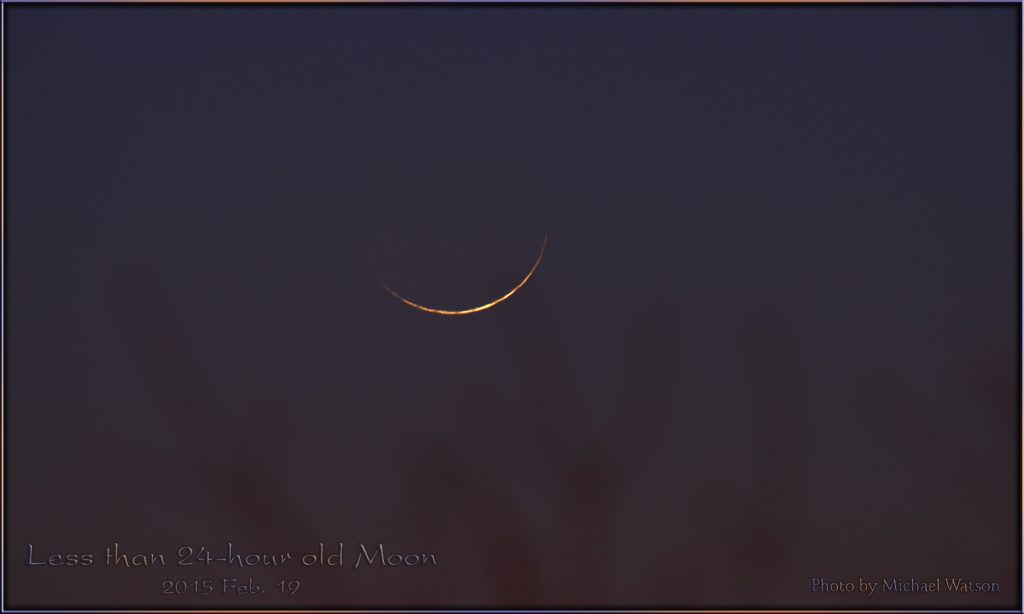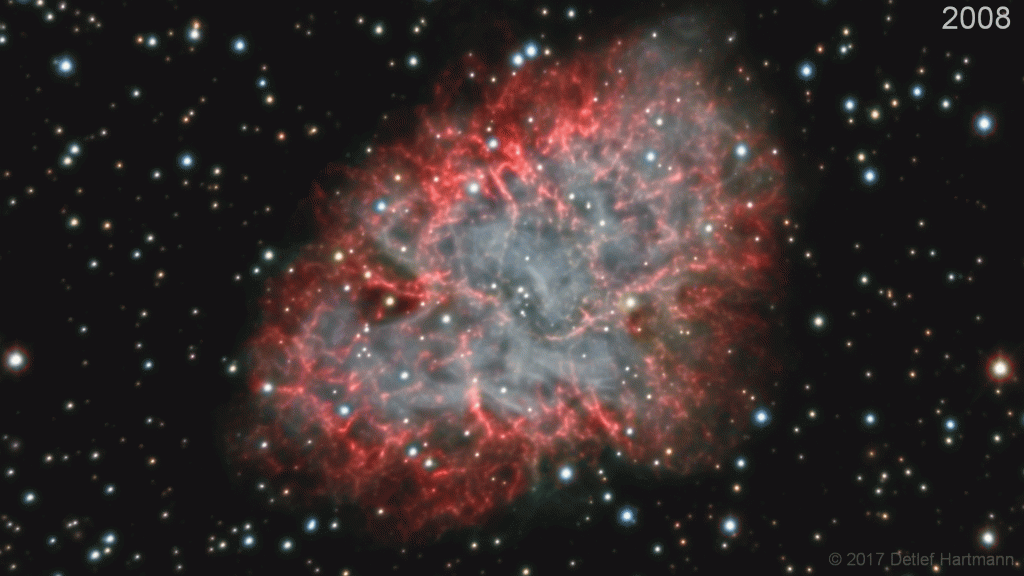Valentine’s Night Sights after the Full Snow Moon Moves on, Venus Gleams Brightest, and Algol Alternates!
Adrien Klamerius took this image of the Heart (upper left) and Soul (lower right) nebulas in Cassiopeia, also known as IC 1805 and IC 1848, respectively. The Double Cluster as at top centre. The area of sky covers about 10 degrees, or a fist diameter. NASA APOD for Sep 24, 2016. Hello, Lovers of the…
Read more









